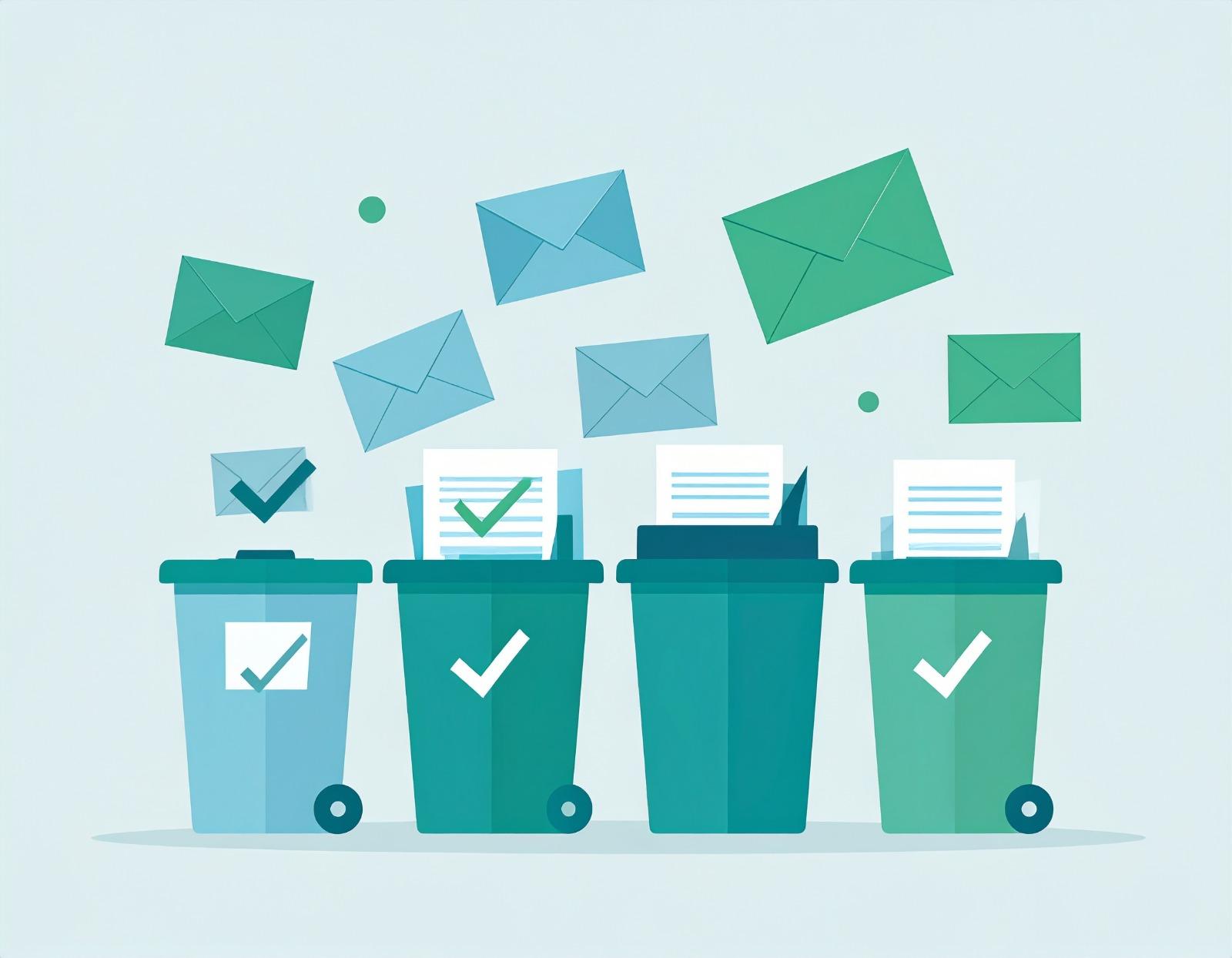Posted At: Oct 13, 2024 - 1,925 Views

Content (Formatted Body)
Introduction
You might be sending great emails—but are they even reaching your audience’s inbox? If your list is filled with inactive, invalid, or unengaged subscribers, your deliverability and sender score take a hit.
That’s where email list cleaning comes in. It ensures that your emails land in real inboxes and are welcomed—not flagged as spam. In this guide, BoomXMedia explains what list cleaning is, why it matters, and how to do it right.
1. What is Email List Cleaning?
Email list cleaning is the process of identifying and removing email addresses that:
Never open your emails
Bounce back
Have marked your emails as spam
Haven’t engaged in 60–90 days or more
By cleaning these contacts, you improve your:
Open rates
Click-through rates (CTR)
Deliverability
Sender reputation
Think of it like decluttering your contact list to keep only the people who really care about your brand.
2. Signs Your List Needs Cleaning
Not sure if your list needs a refresh? Look out for these red flags:
Low Open Rates: If your open rate is consistently below 15%, it’s time to investigate.
High Bounce Rates: A bounce rate over 2% means your emails aren’t reaching inboxes.
Spam Complaints: If people are marking your emails as spam, you’re risking account suspension from your ESP.
Declining Clicks: When engagement dips over multiple campaigns, it signals list fatigue.
Warning Emails from Your ESP: Tools like Mailchimp, Klaviyo, or ActiveCampaign often alert you when deliverability drops.
3. How to Clean Your List
Here are effective steps to remove dead weight from your email list:
Use ESP Tools or Dedicated Cleaning Services
Most email platforms (like Klaviyo or Mailchimp) allow you to filter based on engagement and bounce status.
You can also use tools like NeverBounce, ZeroBounce, or Clearout.
Run a Re-Engagement Campaign
Send a “We Miss You” campaign with a subject line like:
“Still want to hear from us?”Ask them to click and confirm if they want to stay subscribed.
Remove or Suppress Inactive Contacts
Unsubscribe contacts who haven’t opened or clicked in 90+ days.
Always delete hard bounces and invalid addresses.
Tip: Don't be afraid to let go—a smaller engaged list outperforms a large, inactive one every time.
4. Best Practices
To avoid deliverability issues in the future, follow these email hygiene tips:
Segment by Engagement
Send your main campaigns only to those who have opened or clicked in the past 30–60 days.Clean Your List Quarterly
Set a routine to clean your list every 3 months, especially if you send emails frequently.Use Double Opt-In
This ensures only genuinely interested people join your list. It reduces fake signups and improves quality from day one.Avoid Buying Email Lists
Purchased contacts don’t convert and often harm your domain reputation.
Conclusion
Email list cleaning isn’t just a technical chore—it’s a strategic necessity. It protects your email reputation, boosts campaign results, and ensures you're speaking to people who actually want to hear from you.
At BoomXMedia, we help brands of all sizes clean, segment, and optimize their email lists using industry best practices and smart automation. Let us help you keep your emails where they belong—in the inbox
